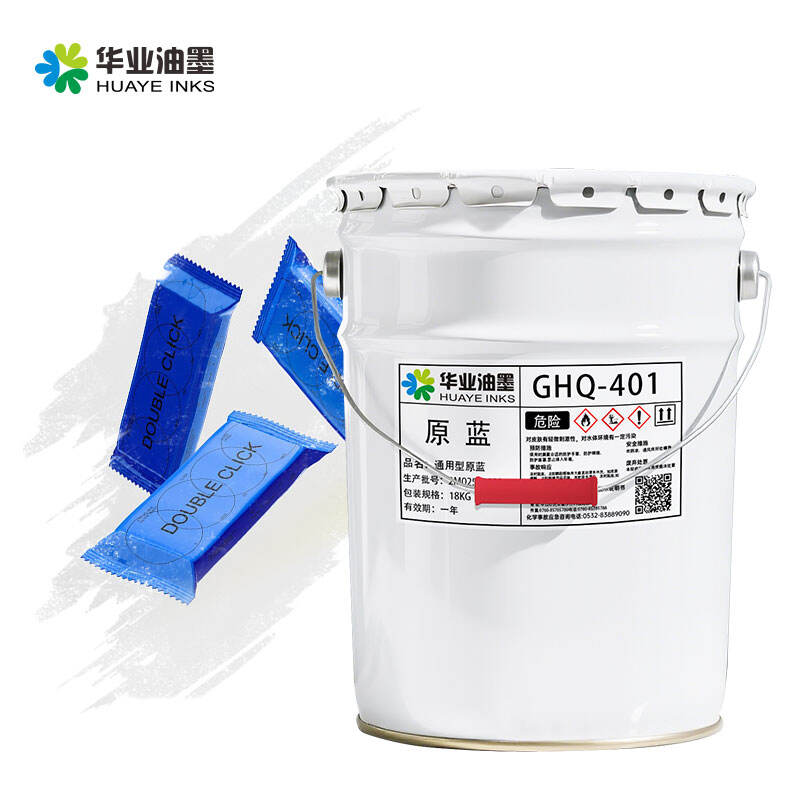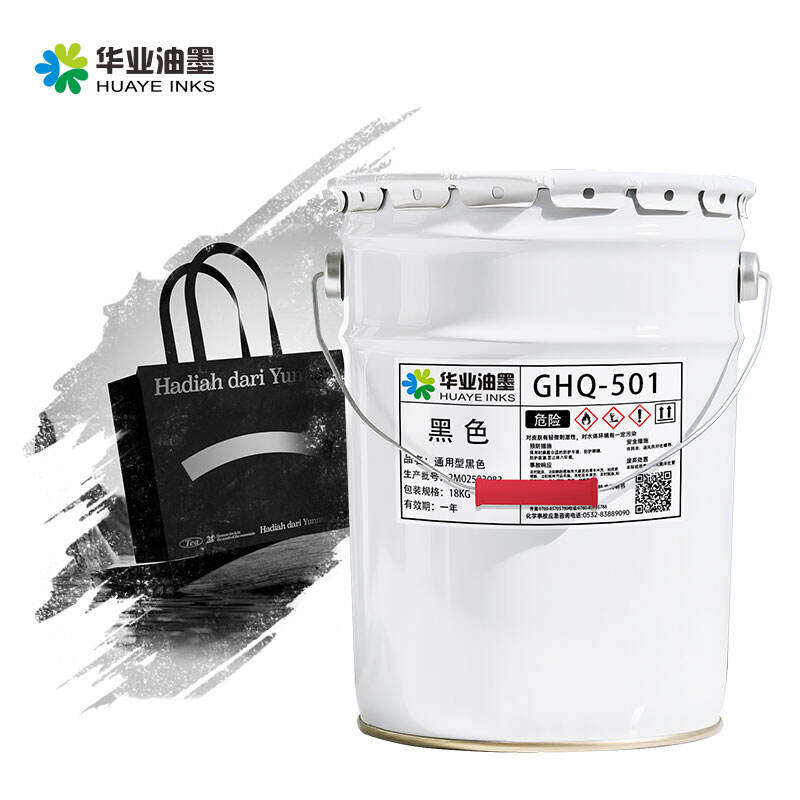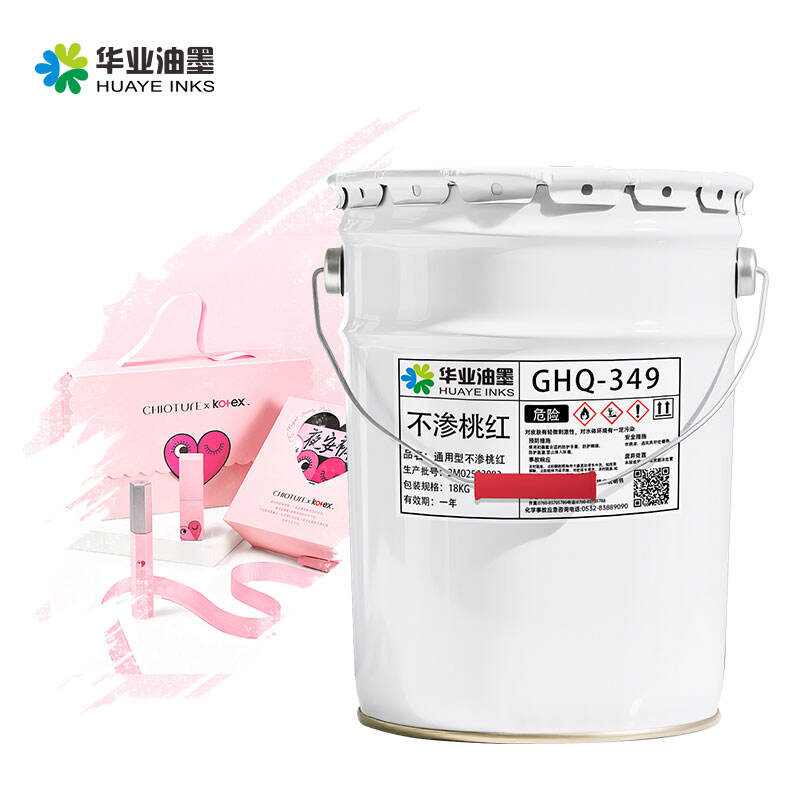No.2 Jieging Road ,Shazai industrial Park, Minzhong Zhongshan City, Guangdong Province
Printer ink solvent is a crucial component in solvent - based inks, playing a multifaceted role in the printing process and determining the characteristics of the printed output. Solvents in printer inks are responsible for dissolving or dispersing the pigments, binders, and other additives, enabling the ink to be applied smoothly onto the substrate and form a coherent printed image. The choice of printer ink solvent significantly affects the ink's viscosity, which is essential for proper ink flow during the printing process. Different printing methods, such as inkjet, flexographic, and gravure printing, require inks with specific viscosity ranges. Solvents are carefully selected and blended to adjust the ink's viscosity to meet the requirements of each printing technique. For example, in inkjet printing, a lower - viscosity solvent is needed to ensure that the ink can be ejected accurately through the printhead nozzles, while in flexographic printing, a slightly higher - viscosity ink may be required for better transfer onto the substrate. Solvents also influence the drying speed of printer inks. Volatile solvents with low boiling points evaporate quickly, allowing the ink to dry rapidly on the substrate. This fast - drying property is highly desirable in many printing applications, as it enables faster production cycles and reduces the risk of smudging or offsetting. However, the drying speed needs to be balanced to ensure proper ink adhesion and color development. If the solvent evaporates too quickly, it may cause issues such as poor ink penetration into the substrate or uneven drying, leading to defects in the printed image. Another important function of printer ink solvents is their role in pigment dispersion. They help to break down the pigment particles and keep them evenly dispersed in the ink, preventing agglomeration and ensuring consistent color quality. Well - dispersed pigments result in more vibrant and uniform prints. Additionally, solvents can affect the ink's compatibility with different substrates. Some solvents may interact better with certain materials, enhancing the ink's adhesion and durability on those substrates. However, the use of traditional printer ink solvents, especially those containing harmful VOCs, has raised environmental and health concerns. As a result, there is a growing trend towards developing more sustainable solvents, such as bio - based solvents or low - VOC alternatives. These eco - friendly solvents aim to reduce the environmental impact of printing while maintaining the performance and quality of the printed products.


